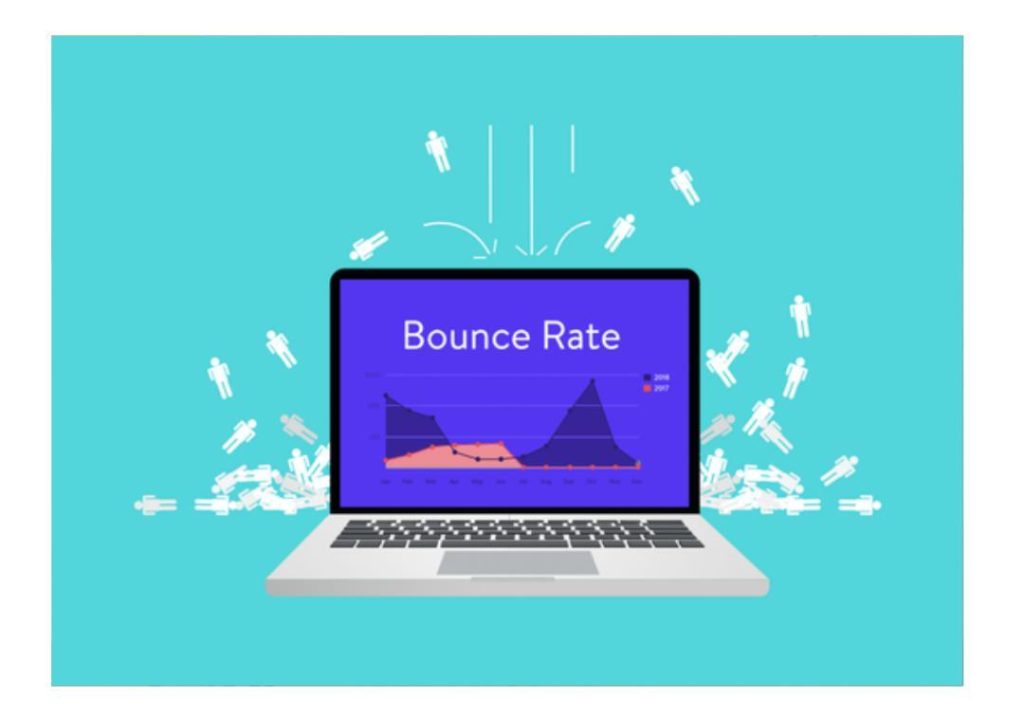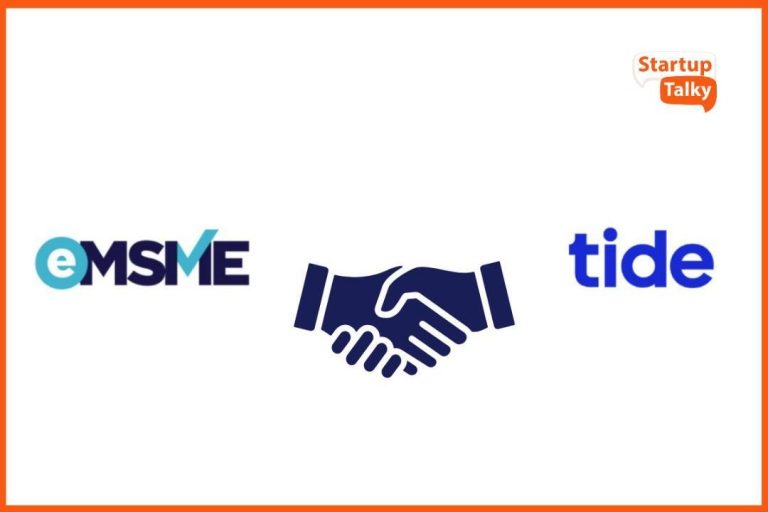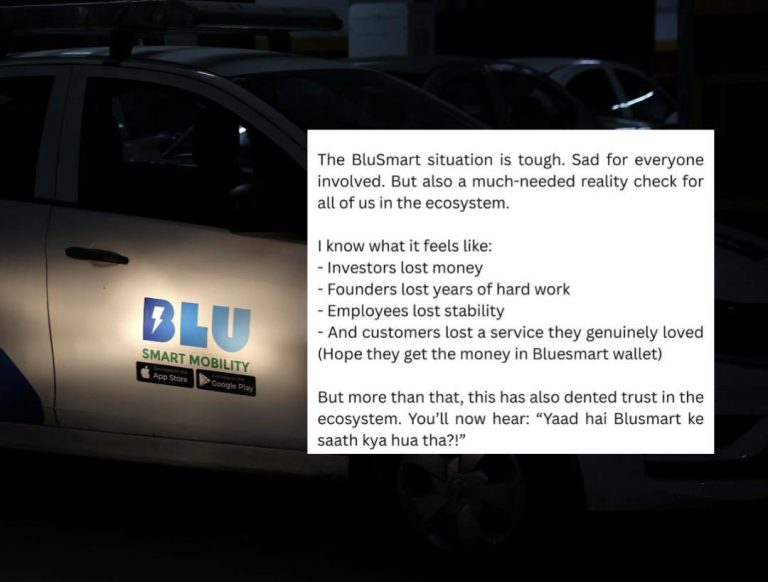
Are Users Bouncing Before They Even Explore?
When it comes to the user journey, first impressions are everything. The awareness stage is the first stop on the road to conversion, and what happens here sets the tone for the entire experience. If users feel lost, confused, or underwhelmed, they’ll exit quickly, never to return. On the other hand, a well-designed homepage or landing page that provides clear messaging, intuitive navigation, and fast load times can keep users engaged long enough to explore and potentially convert.
But what’s the real cost of a poor first impression? According to a study by Baymard Institute, the average bounce rate for e-commerce websites is a staggering 20.7%. What’s more, 45% of users will abandon a purchase if the website is slow to load. These statistics highlight the importance of getting it right at the awareness stage.
So, what can you do to ensure users stay long enough to explore your website and potentially convert? In this post, we’ll explore the key elements of a successful homepage or landing page and provide actionable tips to improve your website optimization.
Clear Messaging: The Foundation of a Strong First Impression
When users land on your website, they should immediately understand what your brand does and what value you offer. Clear messaging is essential for establishing this connection. Here are a few tips to help you craft compelling messaging:
- Keep it simple: Avoid using jargon or overly technical language that might confuse users.
- Focus on benefits: Instead of listing features, explain how your product or service will benefit the user.
- Use visuals: Images, videos, and infographics can help illustrate your message and make it more engaging.
Intuitive Navigation: The Key to User Understanding
Once you’ve grabbed users’ attention with your messaging, it’s time to help them navigate your website. Intuitive navigation is critical for ensuring users can find what they’re looking for quickly and easily. Here are a few tips to improve your navigation:
- Use a clear hierarchy: Organize your content in a logical and consistent manner to help users find what they’re looking for.
- Minimize clicks: Aim for a maximum of three clicks to get to any page on your website to avoid frustrating users.
- Make it mobile-friendly: Ensure your navigation is optimized for mobile devices, as this is where most users will be accessing your website.
Fast Load Times: The Unsung Hero of Website Optimization
Fast load times are often overlooked, but they’re crucial for providing a seamless user experience. A slow-loading website can lead to frustration, abandonment, and a negative first impression. Here are a few tips to improve your website’s load times:
- Optimize images: Compress images to reduce file size and improve load times.
- Use a content delivery network (CDN): A CDN can help distribute your content across multiple servers, reducing the load on your website.
- Leverage browser caching: Allow users to cache frequently visited pages to reduce the load on your website.
Real-World Examples of Website Optimization
Let’s take a look at some real-world examples of website optimization in action.
- Airbnb: Airbnb’s homepage is a masterclass in clear messaging. From the moment you land on the site, you know exactly what Airbnb does and what it offers. The simple, intuitive design and fast load times make it easy to explore and find what you’re looking for.
- The New York Times: The New York Times’ homepage is a great example of effective navigation. The clear hierarchy and minimal clicks make it easy to find articles and sections, while the mobile-friendly design ensures a seamless experience across devices.
Optimize Your Website for the User Journey
The awareness stage is just the beginning of the user journey. By optimizing your website for clear messaging, intuitive navigation, and fast load times, you can ensure users stay long enough to explore and potentially convert. Remember, first impressions don’t just count – they decide whether the journey begins at all.
Sources:
- Baymard Institute: “E-commerce Conversion Rate Optimization”
- Growth Jockey: “User Journey Leads to Website Optimization”
Source URL: https://www.growthjockey.com/blogs/user-journey-leads-to-website-optimization






